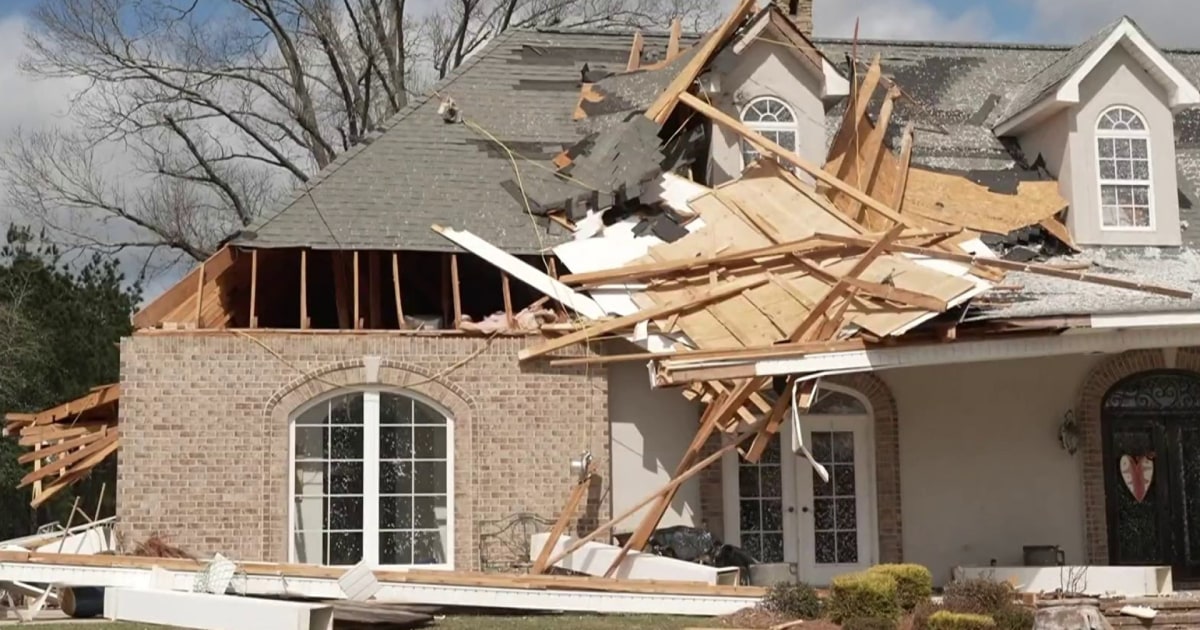Unleashing Nature’s Fury: The Impact of Recent Storms Across America
A severe storm has swept across the United States, unleashing heavy rain and powerful winds that have caused widespread disruption. As communities brace for recovery, the full extent of the damage and the storm’s implications are still unfolding. This article will explore the impact of recent storms across America, examining the immediate effects on infrastructure, the environment, and local communities, while also looking at the long-term implications for climate resilience and disaster preparedness.
The Storm’s Onslaught: A Brief Overview
In recent weeks, an unprecedented storm system has battered multiple states, from the Midwest to the Northeast, delivering torrential rain, hail, and gusts of wind reaching up to 80 mph. The National Weather Service reported that this severe weather event is one of the most significant to hit the region in years, causing flash floods, power outages, and widespread property damage.
Communities in states like Illinois, Indiana, and New York faced the brunt of the storm’s fury, with emergency services working around the clock to respond to the crisis. Roads became rivers, and homes were inundated with water, leading to significant evacuations. The storm’s rapid onset caught many off guard, highlighting the importance of preparedness in the face of nature’s unpredictability.
Infrastructure Under Siege
The impact of these storms on infrastructure has been severe. With heavy rain falling in a short amount of time, many urban areas experienced crippling flash floods. Streets turned into torrents, making transportation impossible and stranding residents. Key highways were closed, leading to significant disruptions in logistics and supply chains.
- Bridges and Roads: Many bridges were closed due to structural damage or flooding, causing major detours and delays. The repair costs will likely run into millions, further straining local budgets.
- Power Outages: Over a million households lost power, with utility companies scrambling to restore electricity. The storm’s wind gusts brought down power lines, leading to dangerous situations for both residents and emergency responders.
- Public Transport: Train services were disrupted, with delays and cancellations affecting thousands of commuters. The ripple effect of these disruptions can be felt in economic productivity and daily life.
The Environmental Toll
Beyond immediate human impact, the recent storms have also taken a toll on the environment. Flooding can lead to significant erosion, altering landscapes and harming local ecosystems.
- Soil Erosion: Heavy rains can wash away topsoil, which is crucial for agriculture. Farmers may face challenges this planting season due to altered land conditions.
- Water Quality: Floodwaters can contaminate drinking water supplies with pollutants, posing health risks to residents. Communities must be vigilant about water safety in the aftermath.
- Wildlife Displacement: Animals may be displaced from their habitats, leading to increased interactions with humans as they seek food and shelter.
Community Resilience and Recovery
As communities begin to assess the damage, the focus shifts to recovery and resilience. Local governments and organizations are stepping up to provide assistance and support for those affected. Here’s how communities are responding:
- Emergency Services: First responders are prioritizing search and rescue missions, ensuring that all residents are accounted for and safe.
- Community Shelters: Local shelters have opened their doors to provide refuge for those displaced by flooding, offering food, medical care, and emotional support.
- Financial Assistance: Many states are coordinating with federal agencies to provide disaster relief funds to help families and businesses rebuild.
Long-Term Implications for Climate Resilience
While the immediate focus is on recovery, the recent storms have sparked conversations about long-term climate resilience. As extreme weather events become more common, preparing for future storms is imperative. Here are several strategies being discussed:
- Infrastructure Upgrades: Investing in resilient infrastructure that can withstand severe weather is crucial. This includes improving drainage systems and reinforcing roads and bridges.
- Community Education: Educating residents about disaster preparedness can save lives. Communities are encouraged to develop emergency plans and conduct drills.
- Sustainable Practices: Implementing sustainable land use practices can help mitigate flooding. For example, creating green spaces and restoring wetlands can absorb excess rainwater.
Personal Stories of Resilience
Amid the chaos, personal stories of resilience emerge. Families are coming together to help one another, neighbors are providing shelter, and local businesses are donating supplies. These acts of kindness highlight the strength of community bonds in the face of adversity.
For instance, one family in Illinois shared how they lost their home to flooding but found comfort in their neighbors who rallied together to help them salvage what they could. This spirit of cooperation is what drives recovery and demonstrates the power of human connection during times of crisis.
Looking Ahead: A Call to Action
As America recovers from the recent storms, it’s essential to recognize that these are not just isolated incidents; they are part of a broader trend influenced by climate change. To mitigate future risks, action must be taken on various fronts:
- Advocacy for Policy Change: Citizens are encouraged to advocate for policies that address climate change and promote sustainable practices.
- Support for Local Initiatives: Engaging with local organizations working on climate resilience can amplify community efforts and enhance preparedness.
- Awareness and Education: Spreading awareness about climate issues and disaster preparedness can empower individuals to take action in their own lives and communities.
In conclusion, the recent storms that swept across America serve as a stark reminder of nature’s power and unpredictability. As communities recover and rebuild, it is crucial to embrace resilience and prepare for the challenges that lie ahead. By working together, advocating for change, and fostering a culture of preparedness, we can face the fury of nature with strength and solidarity.
See more Your Daily Weather



